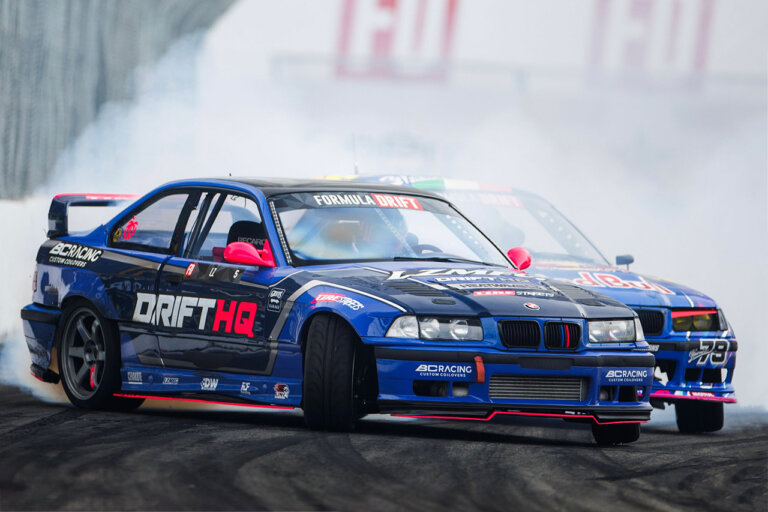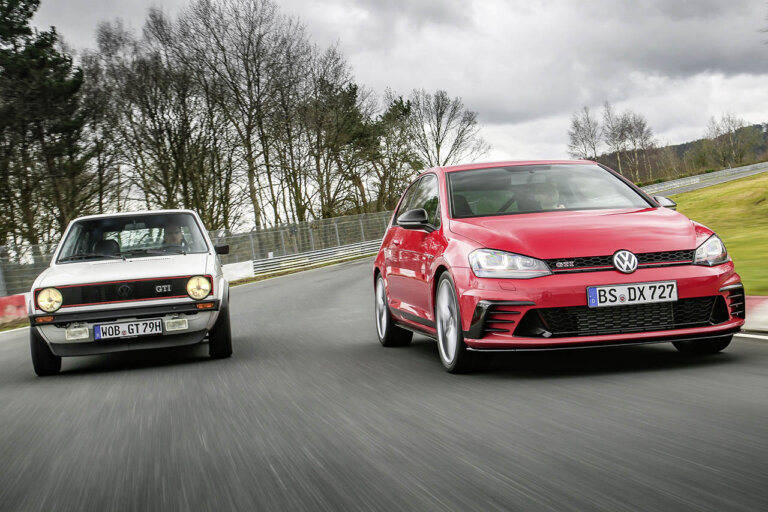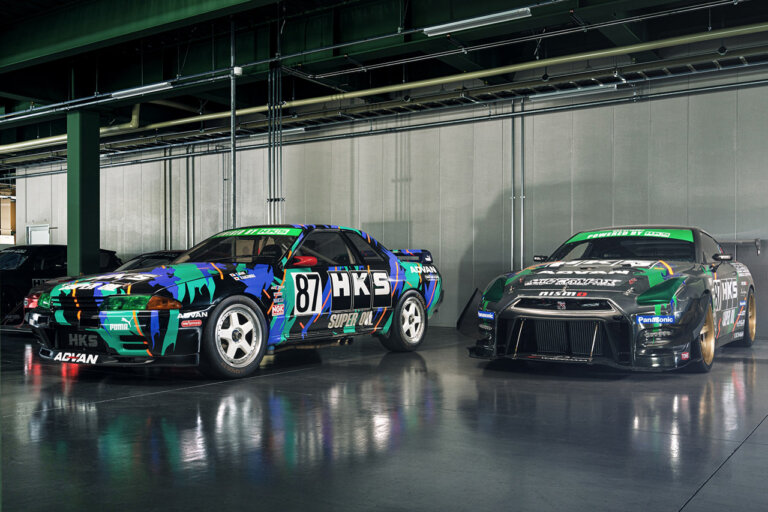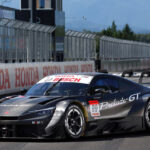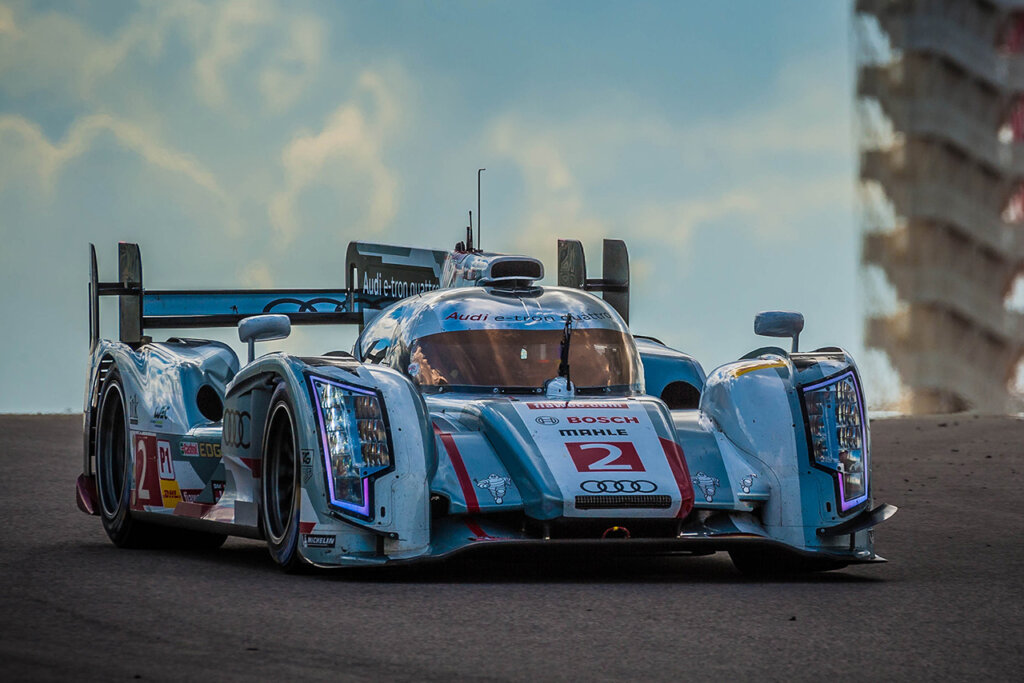
Part 1 of our 24 Hours of Le Mans Breakdown
The 24 Hours of Le Mans is more than just an endurance race—it’s a living legacy filled with stories of legendary figures, groundbreaking race cars, unforgettable moments, and a track that pushes competitors to their limits. In this second part of our deep dive into the history of Le Mans, we’ll explore the drivers who became icons of the sport, the machines that defined eras, and the pivotal moments that reshaped the race’s rules and spirit. These elements together illustrate why Le Mans remains the pinnacle of endurance racing, capturing the imagination of motorsport fans around the world.
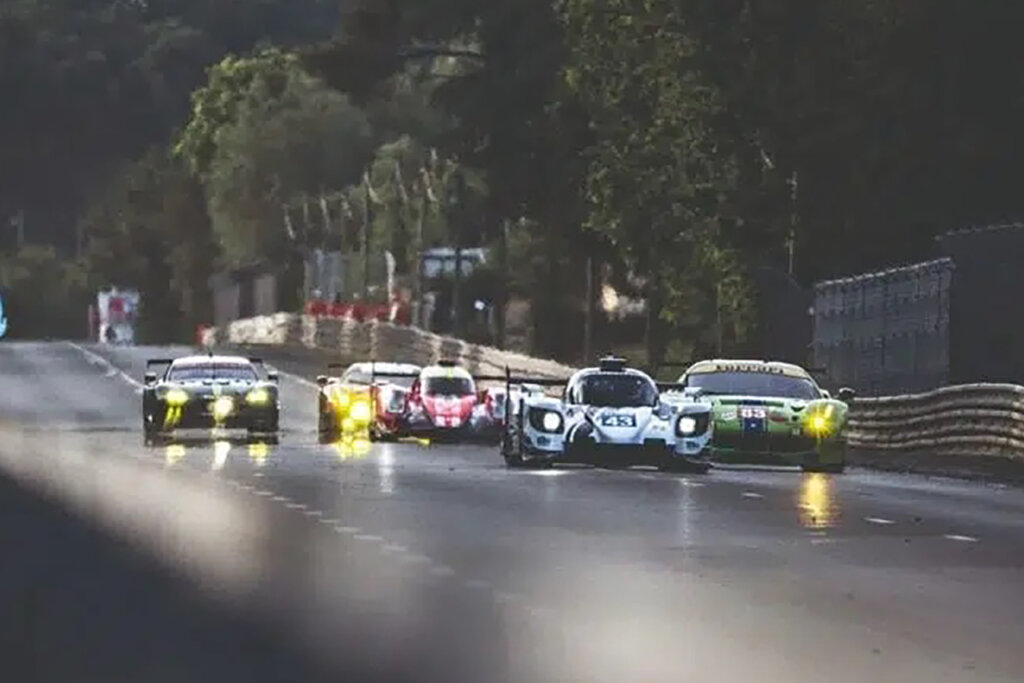
Understanding the rules and format of the race is essential to appreciating the challenges teams face. The 24 Hours of Le Mans is a team effort, emphasis on team. With each car shared by three drivers who rotate throughout the race, each driver is limited in how many consecutive hours they can spend behind the wheel to prevent fatigue. Teams must balance speed with reliability, as even the fastest car is meaningless if it cannot endure the entire 24 hours. Additionally, cars are divided into classes, such as Hypercars (prototype car), LMP2 prototypes (closed cockpit with no minimum production), and GTE vehicles (based on homologated cars with at least 2 seats and 2 doors), each competing within their respective class and for overall placement. This multi-class structure adds depth to the race, meaning all classes are on course, driving amongst each other, at the same time. With battles unfolding across different performance categories happening all simultaneously, you can see why this event is packed with intense moments.
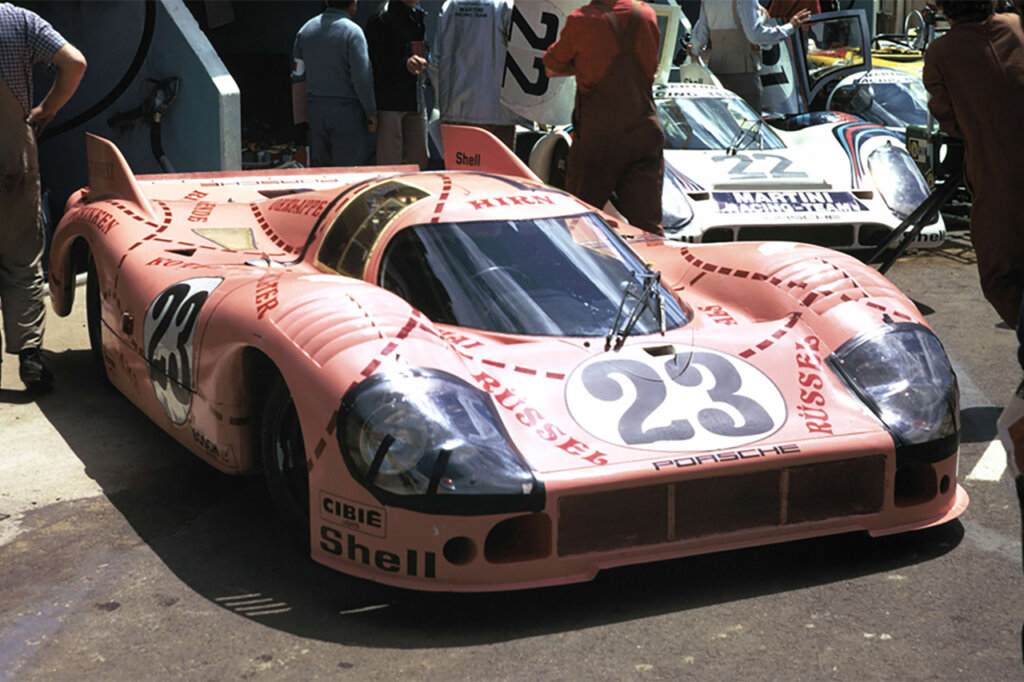
Victory at Le Mans is not simply about crossing the finish line first; it’s about maintaining a flawless balance of speed, efficiency, and teamwork. Pit stops for refueling, tire changes, and repairs must be executed with precision to minimize lost time, and strategic decisions—such as when to push hard or conserve fuel—can define the outcome. Teams often face unpredictable challenges, from mechanical failures to weather changes, requiring constant adaptability. Success at Le Mans is a culmination of preparation, skill, and resilience, making every victory a monumental achievement. With the help of the most renowned drivers across the Globe, only the elite of elite individuals have achieved the utmost success. So who has risen above the challenges to leave their mark on the race’s storied history?
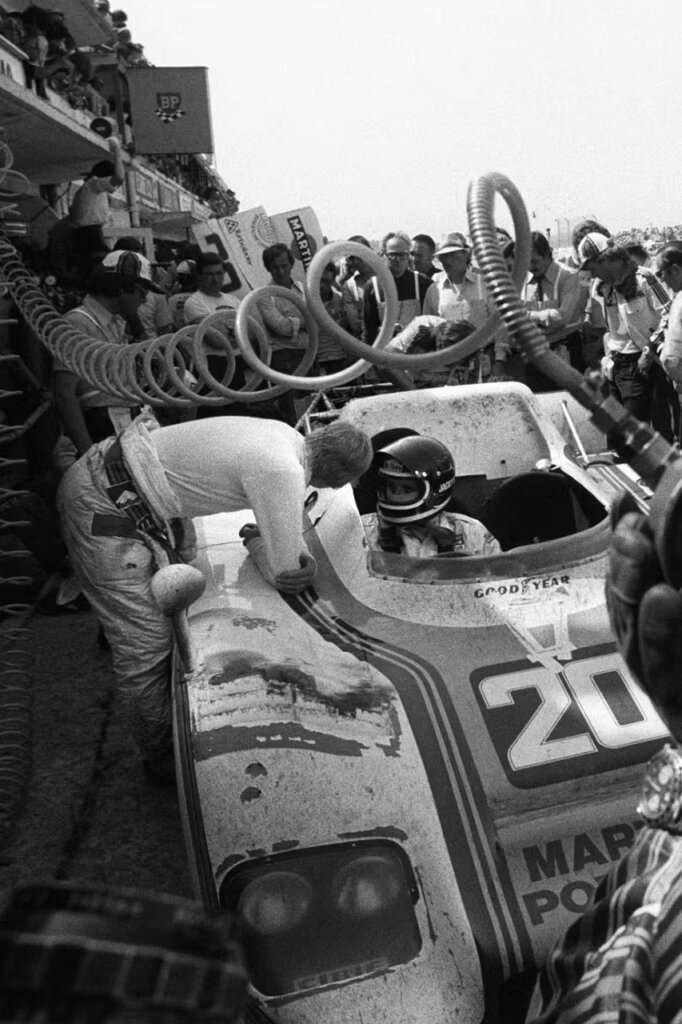
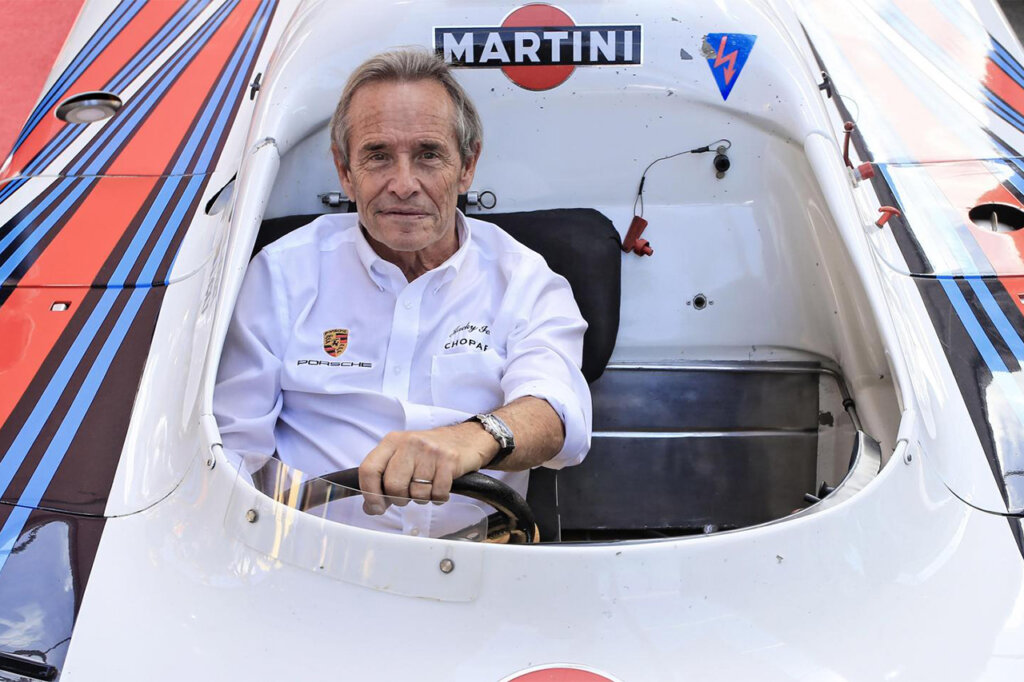
Source: Porsche
While we cannot speak upon all notable figures there have been a few outstanding examples of what it takes to be a premier Le Mans race car driver. Starting with Jacky Ickx, a Belgian driver who competed professionally from 1966-1979 is not only one of the most celebrated drivers in Le Mans history winning 5 times, but a revolutionary to the race. He revolutionized the race in 1969 when he famously protested the traditional Le Mans start. Which we will bring in to depth more later. He previously held the record for most winning performances at 6.
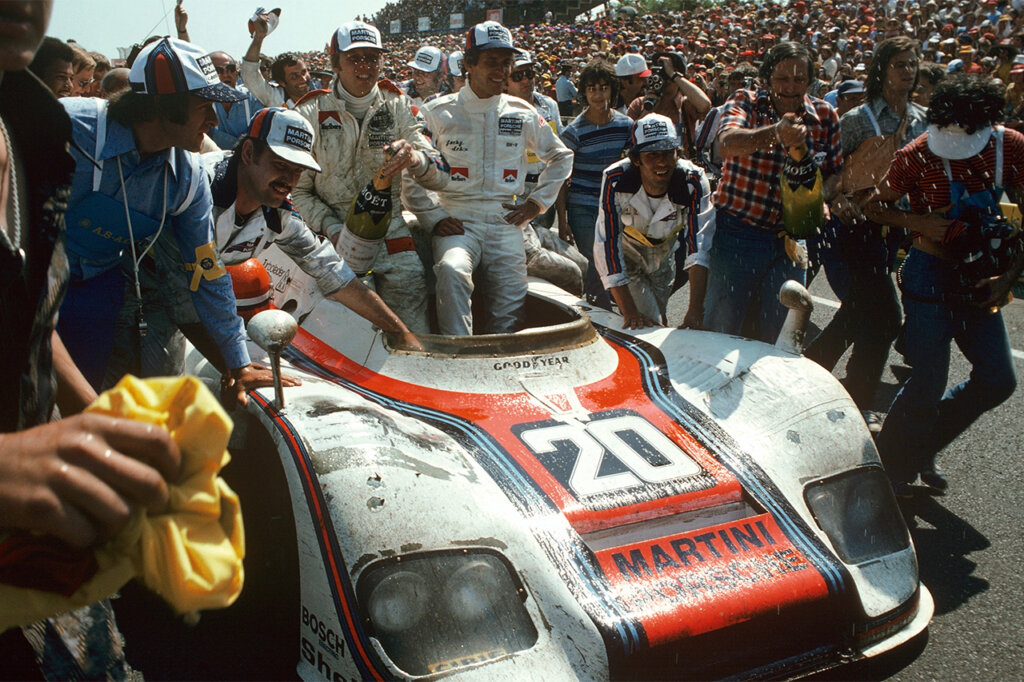
Source: Porsche
Though this next driver would not only break his record of 6 total wins, he and this race are synonymous to one another. Tom Kristensen, a Danish driver active from 1997-2014 whose unmatched record of nine overall victories, including six consecutive wins from 2000-2005, earned him the nickname “Mr. Le Mans.” Kristensen’s mastery of endurance racing and adaptability to evolving race conditions exemplify the discipline and strategy required to conquer this iconic event.
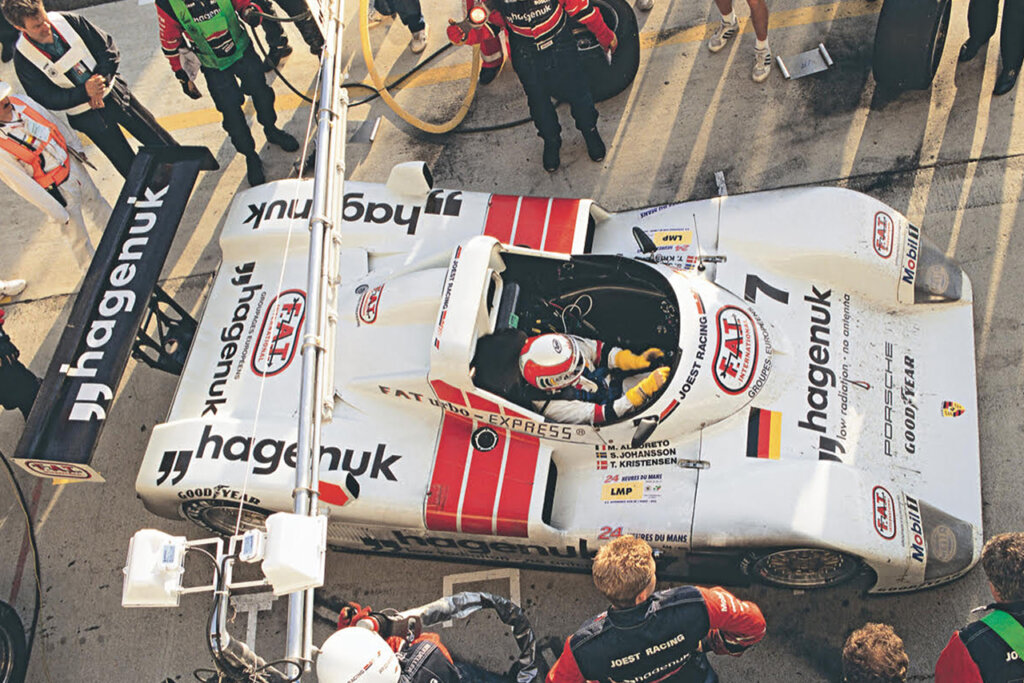

Source: Tom Kristensen
Le Mans has been a proving ground for some of the most iconic and revolutionary race cars in history, showcasing advancements that pushed the limits of engineering and performance. Among the most celebrated is the Ford GT40, which cemented its legacy in the 1960s by ending Ferrari’s dominance. Designed to counter Ferrari’s endurance racing superiority, the GT40 was powered by a thundering 7.0L V8 engine, delivering unmatched power and durability. Its aerodynamic bodywork, including a low-slung profile and rear-mounted radiators for better cooling, made it ideal for high-speed stability on the Mulsanne Straight.
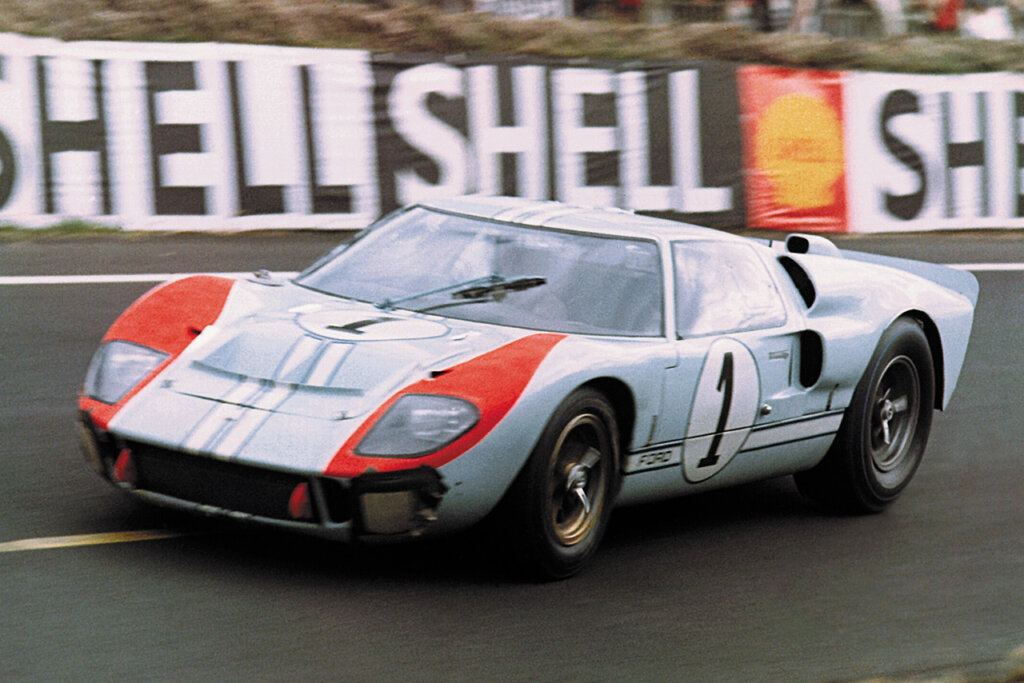
Source: Shelby American
Similarly, the Porsche 917, particularly the 917K variant, marked a seismic shift in endurance racing when it claimed Porsche’s first overall victories in 1970 and 1971. The car was powered by a 4.5L flat-12 engine, later upgraded to a 5.0L version, capable of producing over 600 horsepower. What set the 917 apart was its groundbreaking aerodynamics; the “K” in 917K referred to “Kurzheck,” or short-tail, which was designed to address stability issues at high speeds. This innovation, combined with its lightweight tubular aluminum space frame and advanced oil-cooling system, allowed the 917 to dominate at Le Mans and set speed records that solidified its place as one of the most formidable endurance racers ever built.
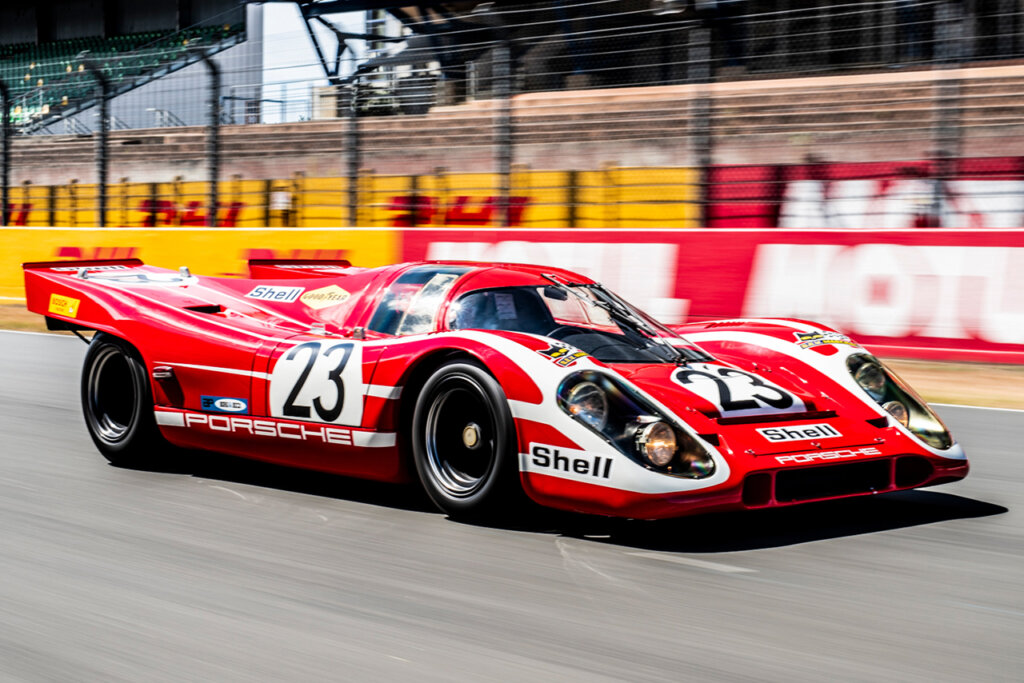
Source: Porsche
Decades earlier, the Jaguar D-Type redefined what was possible in endurance racing with its cutting-edge design and engineering. Debuting in the mid-1950s, the D-Type featured a revolutionary monocoque chassis, which integrated the body and frame for improved rigidity and reduced weight—a first for race cars at the time. Its 3.8L inline-six engine, derived from Jaguar’s proven XK series, was tuned to deliver over 250 horsepower, making it one of the most powerful engines of its era. The car’s aerodynamic body, inspired by aviation design, included a distinctive tail fin to enhance stability at high speeds. This innovative combination of power, lightweight construction, and aerodynamics allowed the D-Type to dominate Le Mans, securing three consecutive victories from 1955 to 1957 and cementing Jaguar’s reputation as a leader in endurance racing.
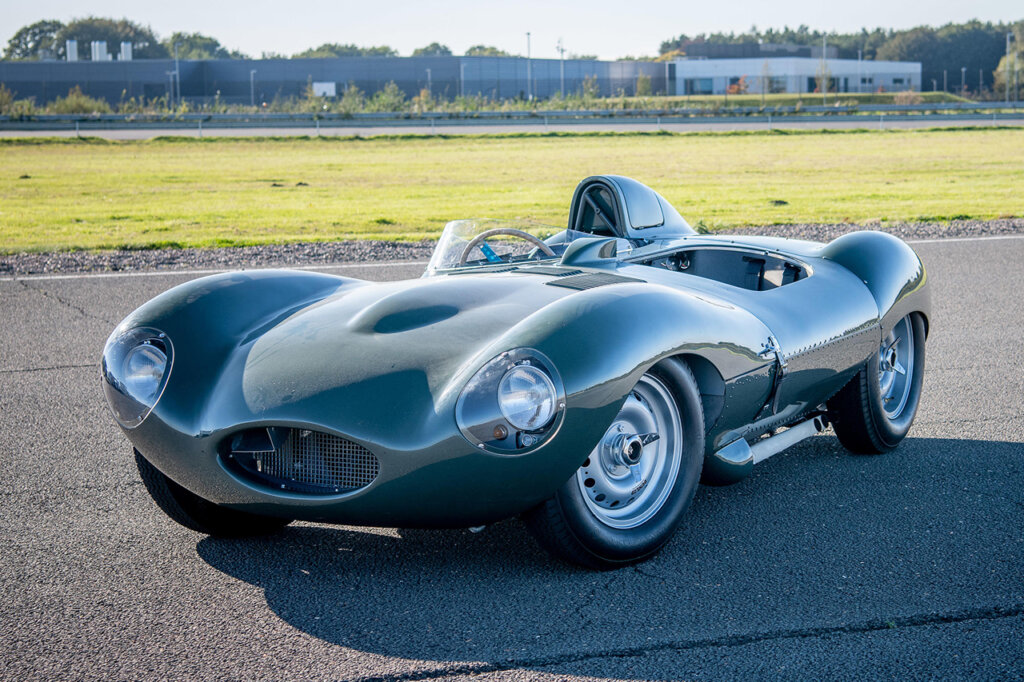
These machines were not just products of their time; they were trailblazers that elevated the 24 hours of Le Mans as the ultimate battleground for automotive innovation. Each car demonstrated how advancements in design, aerodynamics, and engineering could overcome the grueling demands of a 24-hour race. Whether it was the brute power of the Ford GT40, the technological sophistication of the Porsche 917, or the aerodynamic precision of the Jaguar D-Type, these vehicles left an indelible mark on motorsport history and redefined what endurance racing could achieve. Of course with the driver and the platforms working synergistically, this is only half the formula. Utilizing all parts on track would be the point of success or even failure for many competitors.
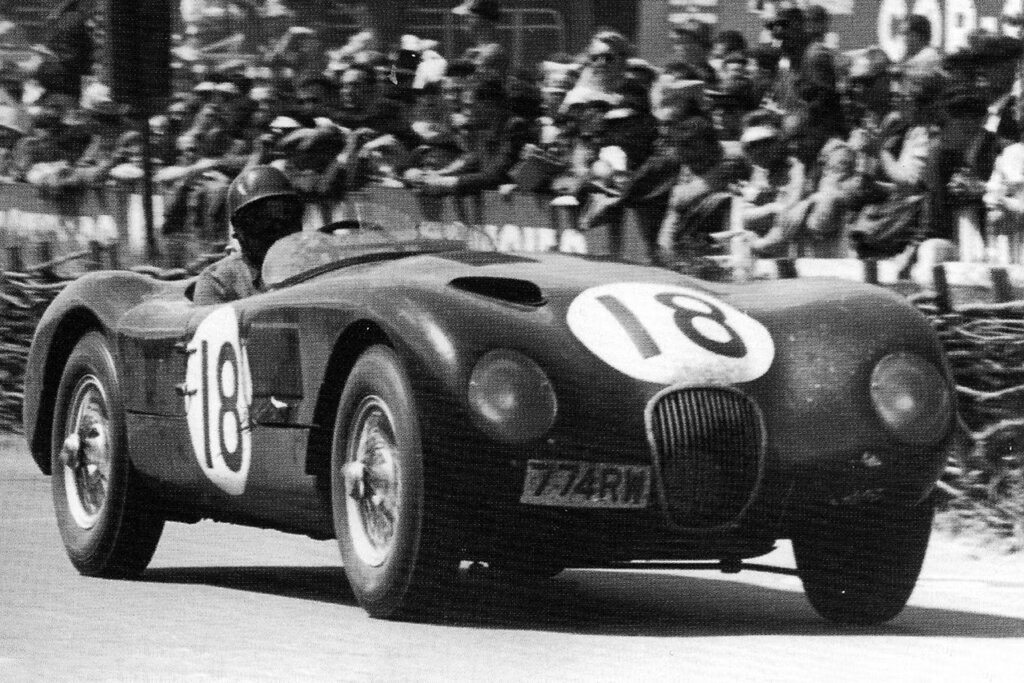
Moments that have transcend the sport and becoming lasting cultural touchstones meet drivers at every point during the course. Some even start at the very beginning, during the 1969 Le Mans race something peculiar happened at the start. One that remains both an iconic and consequential moment in motorsport history. Up until this point drivers competing in Le Mans traditionally began the race by running across the track to their cars, but this often led to safety risks, as drivers frequently skipped proper seatbelt use in the rush to start.
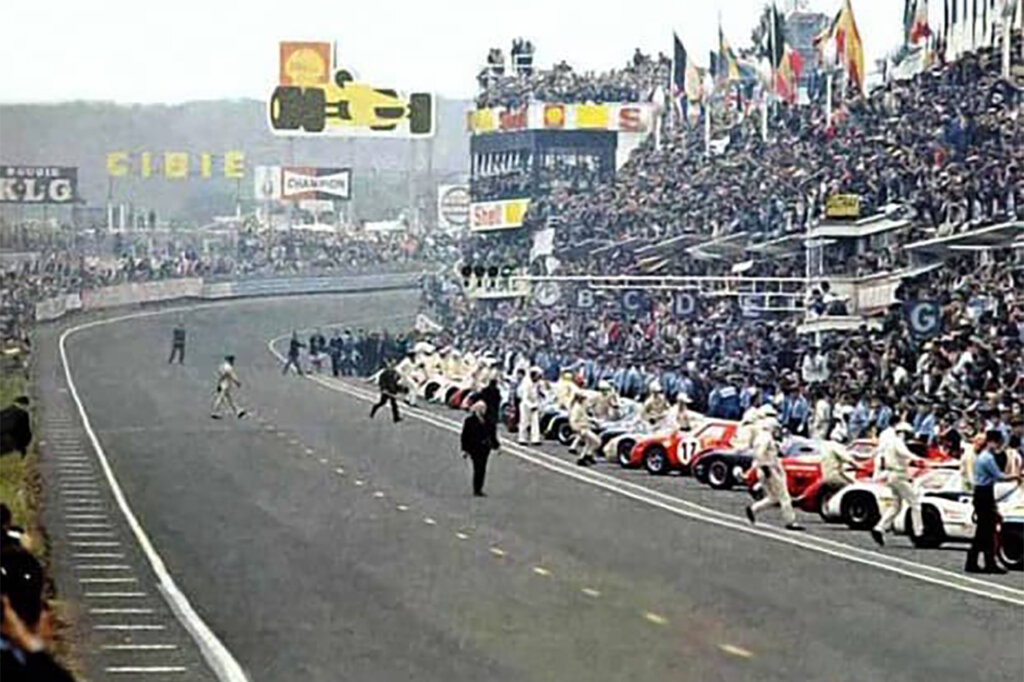
would later win 24 hours later.
Source: Dyler
Jacky Ickx’s as we’ve mentioned above, protested the sprinting start that year and for good reason. Critical sequences during the race’s opening lap, British driver John Woolfe in the seat of a Porsche 917 died in a tragic crash as he was thrown from the vehicle after not fastening his seatbelt. As drivers rushing to start the race, safety measures were compromised thus creating accidents waiting to happen. Upon the protest from Ickx, this prompted a rule change the following year, where drivers started strapped into their cars in a seated position to start the race. Without Ickx’s blatant protest, perhaps this race would look undeniably different even today.
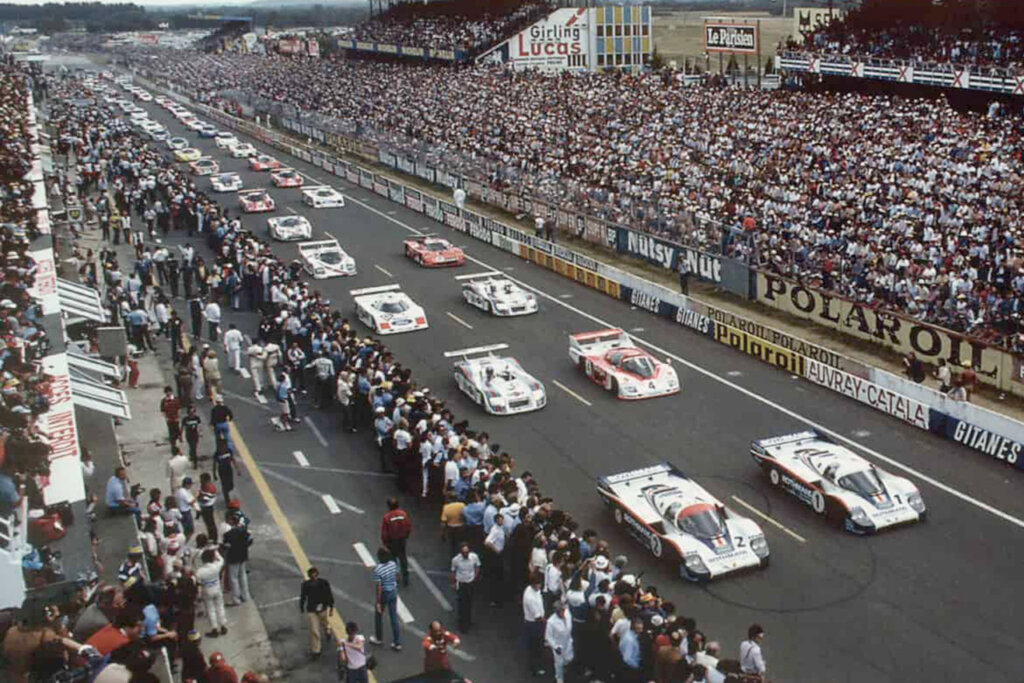
Source: Getty Images
Equally memorable is the 1966 Ford v Ferrari battle, yes just like the movie which has been immortalized in popular culture. After years of trying to dethrone Ferrari, Ford’s GT40 finally achieved a historic 1-2-3 finish, marking a watershed moment in endurance racing and a triumphant win for American engineering on the global stage. As the American’s placed upon motorsport’s largest stage, challenging the dominant leader and the status quo in the automotive scene, luck and intuitive minds would win out and land the GT40’s critical acclaim.
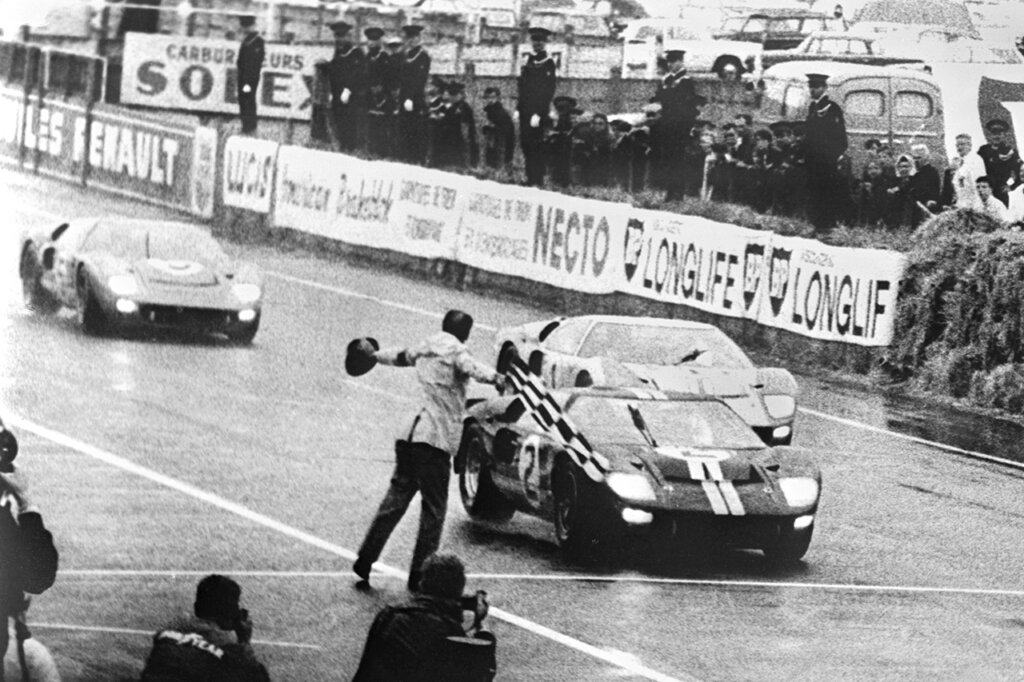
Source: Ford
Much like the above all drivers, vehicles and lasting moments have created a fantastic lore that is the 24 hours of Le Mans. But with a race course as unforgiving and remarkable how can we not mention one of the key proponents. The Circuit de la Sarthe is as much a character in the story of Le Mans as the drivers and cars that race upon it. Its legendary features, like the Mulsanne Straight, once a 6-kilometer stretch of uninterrupted speed before the addition of chicanes in 1990, demand a combination of raw power and aerodynamic precision. Sections like the Ford Chicane and Indianapolis Corner challenge drivers with their technical complexity, requiring pinpoint accuracy and control. Every corner, straight, and braking zone presents a unique test, making the circuit a blend of unrelenting speed and calculated strategy. These elements transform each lap into a battle of endurance, precision, and adaptability, whereas we’ve covered so far, the smallest misstep can have monumental consequences both exhilarating and deadly.
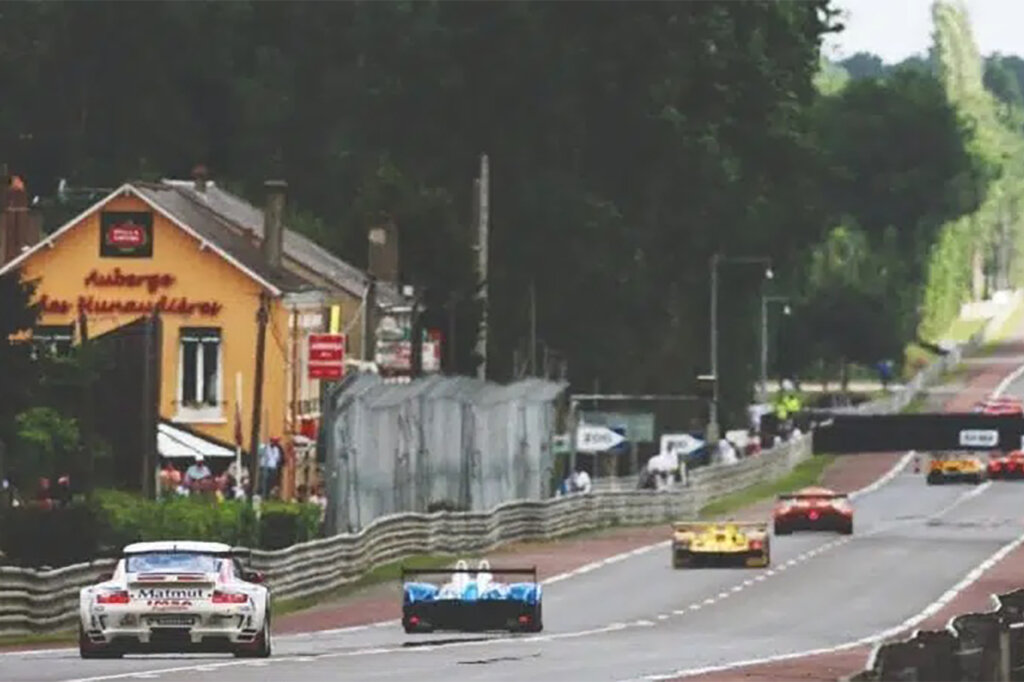
Source: Getty Images
No matter how you see it, there is almost no real way of encapsulating what, the 24 Hours of Le Mans embodies. As the endurance race creates a grueling mental and physical challenge that pushes competitors to their limits, creating moments of triumph and heartbreak that resonate far beyond the racetrack. It is a test of endurance, where iconic victories are celebrated as monumental achievements, but the harsh reality of fatigue, mechanical failure, and even tragedy reminds both spectator and driver of all of the high stakes involved.
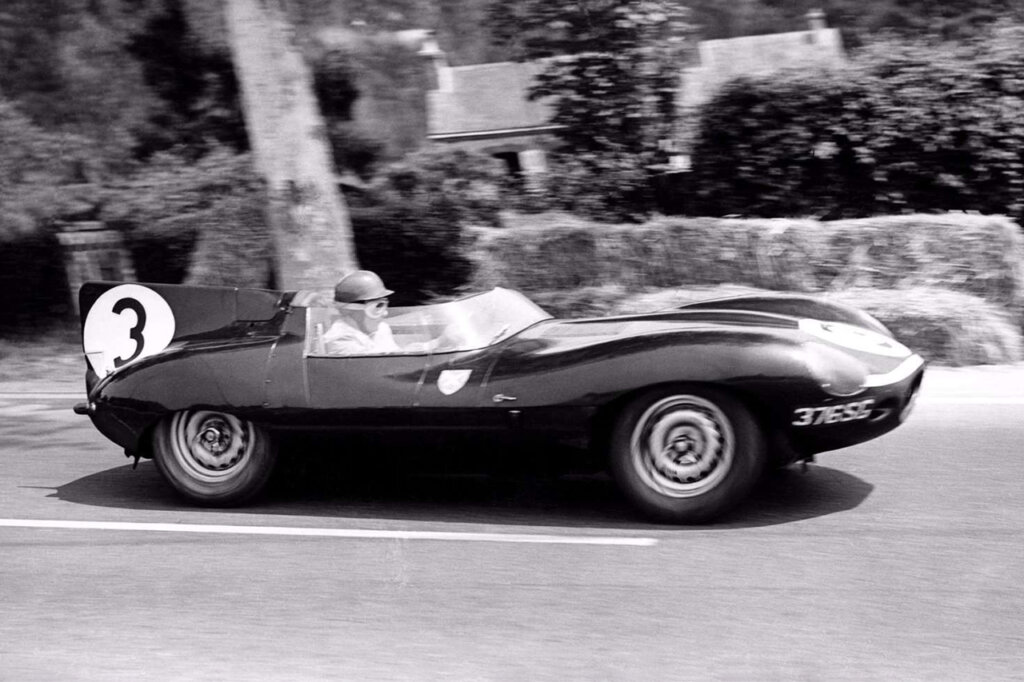
From the thrill of navigating the Mulsanne Straight at full throttle to the calculated finesse required that a Porsche 917k may need, the circuit itself amplifies the tension and excitement as we relive moments behind the wheel watching Ickx or Kristensen podium. Le Mans is not merely a race—it is an evolving symbol of human and mechanical perseverance, where history is etched into every corner and every hour is a testament to the relentless pursuit of greatness through overcoming challenge and fatigue.
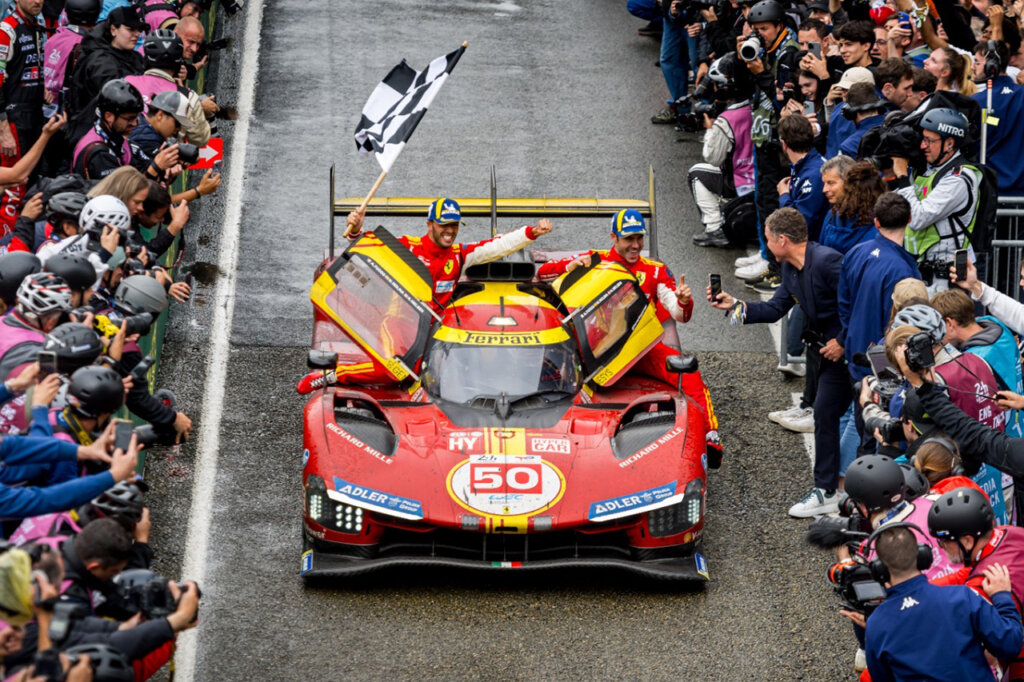
From the past to the present… Victory at Le Mans is everything.
Source: Tom Kristensen

